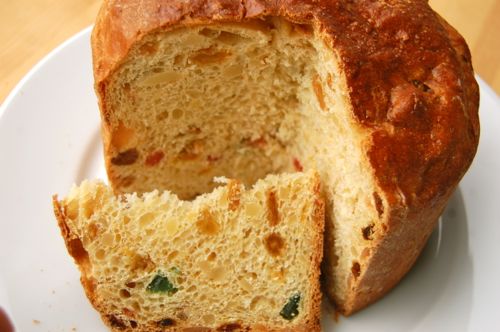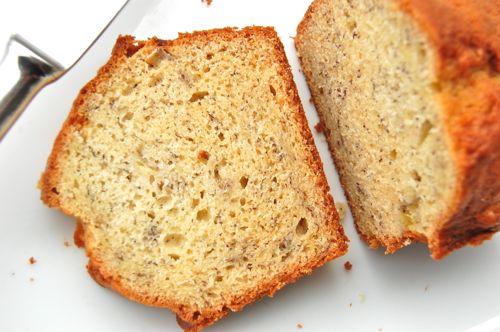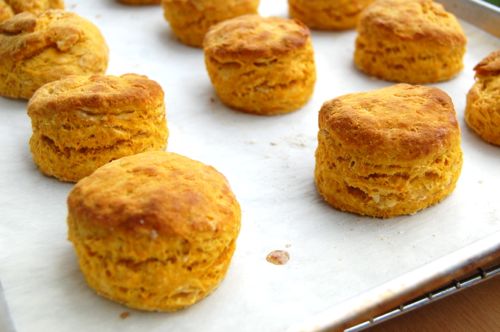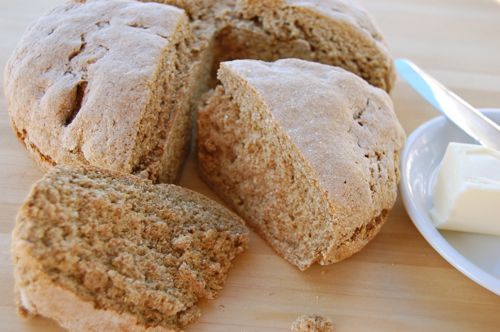Basic Muffin Recipe
There are all kinds of muffin recipes out there, about as many as there are quick bread recipes (if not more). That’s what American muffins are of course, portion-sized quick breads. But more on that later. This recipe will work with lots of different inclusions…berries especially, but chocolate chips, nuts, all sorts of stuff. It’s a great launching pad for any of your own ideas.
10 ounces (2 cups) all-purpose flour
2 teaspoons baking powder
1/2 teaspoon salt
4 ounces (1/2 cup) butter, room temperature
5.25 ounces (3/4 cup) sugar
2 eggs, room temperature
4.25 ounces (1/2 cup) sour cream, room temperature
2 ounces (1/4 cup) milk, room temperature
about 2 cups of…whatever




